What is Septorhinoplasty Revision Surgery?
Septorhinoplasty revision surgery is a procedure that is performed to correct or improve the results of a previous septorhinoplasty, which is a surgical procedure that is used to improve the appearance and function of the nose. This type of revision surgery may be performed to address issues such as asymmetry, breathing problems, or dissatisfaction with the appearance of the nose after the initial surgery. Septorhinoplasty revision surgery is typically more complex than the initial procedure and may involve the use of cartilage or bone grafts to correct structural issues.
Who is a good candidate for a Septorhinoplasty Revision Procedure?
A good candidate for a septorhinoplasty revision procedure would be someone who is generally healthy, has realistic expectations for the outcome of the surgery, and has specific concerns or issues with the appearance or function of their nose that were not addressed by their initial septorhinoplasty.
The following are some of the common reasons why patients may seek revision surgery:
- Asymmetry or unevenness of the nose
- Persistent breathing difficulties
- Loss of tip support
- Unsatisfied with the shape of the nose
- Scarring or irregularities
- Nostril asymmetry
- Nostril collapse or pinching
It's important to note that revision surgery carries more risks than the initial procedure and that's why it is important for the patient to have a thorough consultation with a board-certified plastic surgeon, who can evaluate the patient's medical history, physical condition, and the specific concerns or issues that they have with their nose.
The surgeon will also discuss the patient's goals for the revision surgery, and help them to understand the potential risks, benefits, and outcomes of the procedure.
What are the reasons for undergoing a Septorhinoplasty Revision Surgery?
There are several reasons why a patient might choose to undergo a septorhinoplasty revision surgery, including:
- Improving the appearance of the nose: A patient may be dissatisfied with the shape, size or symmetry of their nose after their initial septorhinoplasty.
- Improving breathing: A patient may experience persistent breathing difficulties after their initial septorhinoplasty due to a deviated septum or other structural issues.
- Correcting complications: Some patients may experience complications such as infection, bleeding, or scarring after their initial septorhinoplasty, and may require revision surgery to correct these issues.
- Addressing changes over time: In some cases, the shape of the nose may change over time due to aging or other factors. Revision surgery may be required to address these changes and restore the desired shape and appearance of the nose.
- Addressing Patient's concerns: Patient's may have specific concerns or issues with the appearance or function of their nose that were not addressed by their initial septorhinoplasty.
What are the techniques used in the Septorhinoplasty Revision Surgery?
Septorhinoplasty revision surgery typically uses the same techniques as the initial septorhinoplasty procedure, but may require additional steps or modifications depending on the specific issues that need to be addressed. The techniques used in the revision surgery may include:
- Septal repair: This is used to correct a deviated septum, which can improve breathing and reduce the risk of complications such as chronic sinusitis.
- Nasal bone and cartilage reshaping: This is used to change the shape and size of the nose, and to correct asymmetry or other issues with the appearance of the nose.
- Grafting: This is used to rebuild or augment certain areas of the nose, such as the bridge or the tip. This can be done using cartilage from the patient's own septum, ear or rib or synthetic materials such as silicone or Medpor.
- Alar base reduction: This technique is used to reduce the size of the nostrils, which can improve the overall balance and proportion of the nose.
- Scar revision: This is used to address any scarring or irregularity that may have occurred as a result of the initial septorhinoplasty procedure.
- Osteotomies: This is used to reposition and reshape the nasal bones to change the shape of the nose.
It's important to note that each patient's situation is unique, and the techniques used in their revision surgery will be tailored to their specific needs and concerns.
What are the preparations for Septorhinoplasty Revision Surgery?
Preparations for septorhinoplasty revision surgery will vary depending on the specific procedure and the patient's health condition. However, some general preparations that patients may need to make include:
- Consultation: Patients will typically have a consultation with a board-certified plastic surgeon, who will evaluate the patient's medical history, physical condition, and the specific concerns or issues that they have with their nose.
- Medical evaluations: Patients may be required to undergo certain medical evaluations or tests, such as blood tests or imaging studies, to determine their overall health and fitness for surgery.
- Medications: Some medications, such as blood thinners, may need to be discontinued before surgery. Patients will be advised to stop smoking and avoid alcohol for a certain period of time before and after the surgery as well.
- Arrangements: Patients will need to make arrangements for someone to drive them home after the surgery and to stay with them for the first 24 hours. They will also need to arrange for time off work or other activities to allow for recovery.
- Pre-operative instructions: Patients will typically be given instructions on how to prepare for the surgery, including information on what to wear, what to bring to the hospital, and how to care for themselves before and after the surgery.
- Final discussion: Before the surgery, the patient will have a final discussion with the surgeon, in which they will review the patient's goals, the surgical plan and the possible risks, benefits and outcomes.
It's important to follow all pre-operative instructions given by the surgeon and to ask any questions if there is any uncertainty. This will help ensure the best possible outcome for the surgery.
Post-operative Care for Septorhinoplasty Revision Procedure:
The post-operative care for a septorhinoplasty revision procedure will vary depending on the specific procedure and the patient's individual recovery. However, in general, patients can expect the following:
- Pain management: Patients may experience some discomfort, swelling, and bruising following the surgery. The surgeon may prescribe pain medication to help manage this pain.
- Bandages: The surgeon may place bandages or dressings on the nose to help reduce swelling and protect the incisions.
- Nasal splint: A splint may be placed on the nose to help maintain the shape of the nose and protect the surgical site during the healing process.
- Rest: Patients will need to rest and avoid strenuous activity or heavy lifting for several weeks after the surgery to allow the body to heal properly.
- Follow-up appointments: Patients will typically have follow-up appointments with the surgeon to monitor their recovery, remove any sutures or dressings, and to assess the healing process.
- Healing process: There will be swelling, bruising and numbness around the nose area, this will subside gradually over the weeks.
- Scar management: Patients may be given instructions on how to care for any scars and to minimize their visibility.
- Avoiding: Patients should avoid blowing the nose, strenuous activity, and exposure to smoke or pollution for several weeks after the surgery.
It's important to be patient as the final result can take several months to be visible.
Risks and Complications of Septorhinoplasty Revision Surgery:
Like any surgical procedure, septorhinoplasty revision surgery carries certain risks and potential complications. Some of the most common risks and complications include:
- Infection: This is a rare but possible complication that may occur following any surgical procedure. Patients will be given antibiotics to prevent this.
- Bleeding: Although rare, bleeding can occur after the surgery and may require additional treatment to control.
- Anesthesia complications: As with any surgery requiring anesthesia, there is a risk of complications related to the use of anesthesia.
- Scarring: Septorhinoplasty revision surgery may leave visible scars, which can be minimized with proper care and management.
- Persistent pain: Some patients may experience persistent pain or discomfort after the surgery.
- Numbness: The tip of the nose may be numb for several weeks to months after the surgery.
- Asymmetry: The nose may not be perfectly symmetrical even after the surgery,
- Unsatisfied with the results: Even after a revision surgery, some patients may still be unsatisfied with the results of their surgery.
It's important to discuss these risks and potential complications with the surgeon before the surgery and to have realistic expectations about the outcome of the procedure. The surgeon will also discuss with the patient any potential risks based on their individual case, and the best way to minimize them.
Recovery:
The recovery process for septorhinoplasty revision surgery varies from patient to patient, but generally includes the following steps:
- Initial Healing Stage: Immediately after surgery, the patient will likely experience swelling and bruising around the nose and face. The patient's doctor may prescribe pain medications to help manage any discomfort. Ice packs or cold compresses may also be recommended to reduce swelling.
- Final Healing Stage: During this stage, the swelling and bruising will gradually improve, though some residual swelling may remain for several months. The patient will be instructed to wear a protective nasal splint for several weeks to help protect the newly reshaped nose.
- Follow-Up Appointments: The patient will need to attend follow-up appointments with their doctor to check on the progress of the healing process. During these visits, the doctor may perform additional tests or make minor adjustments to the nose if needed.
- Avoiding Trauma: The patient should avoid any traumatic activities or sports during the recovery period to avoid any potential damage to the newly reshaped nose.
- Final Results: Final results of the revision surgery may not be apparent for several months. However, the patient should begin to notice a gradual improvement in their nose's appearance as the healing process progresses.
Reviews Septorhinoplasty
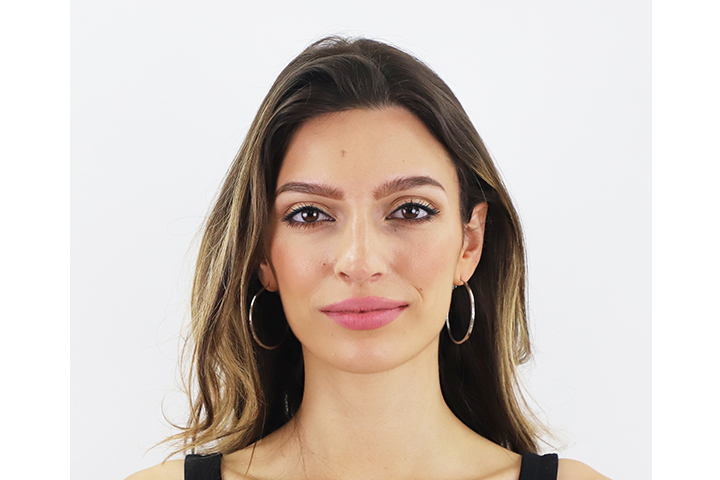
Before Rhinoplasty, Front view
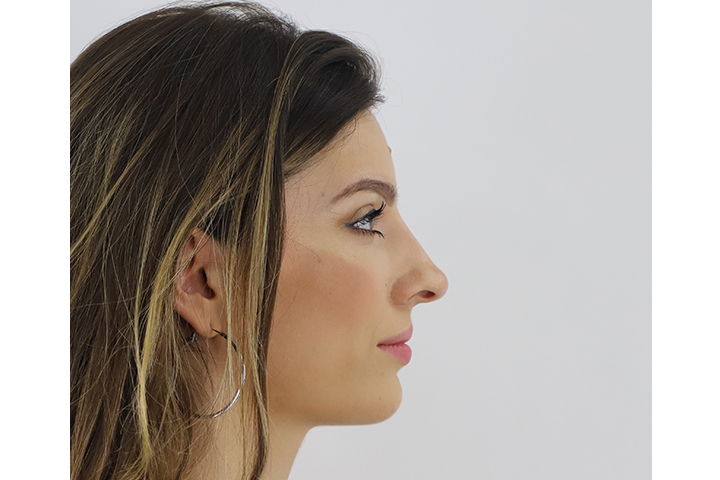
Before Rhinoplasty, Right Side View
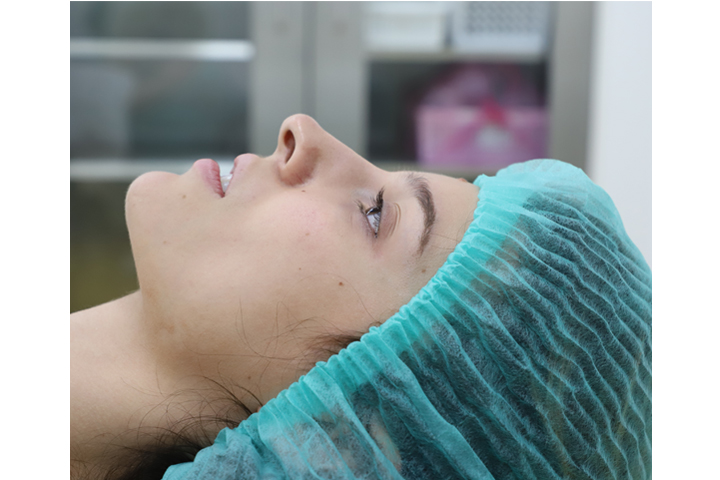
Before Rhinoplasty

After Rhinoplasty
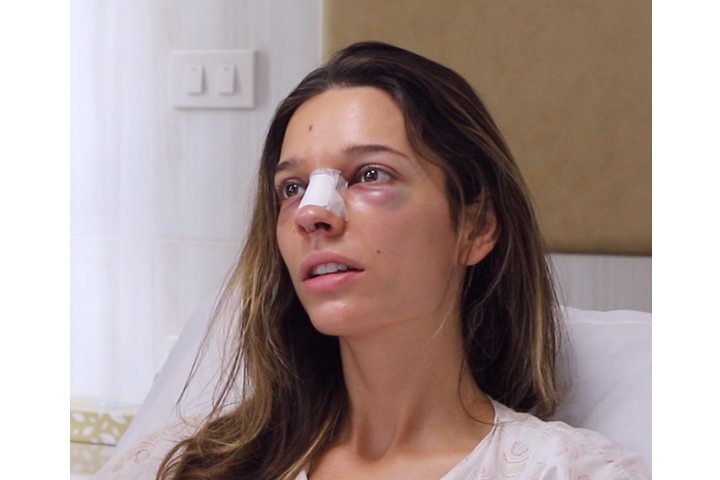
After 1 day Rhinoplasty, Front view
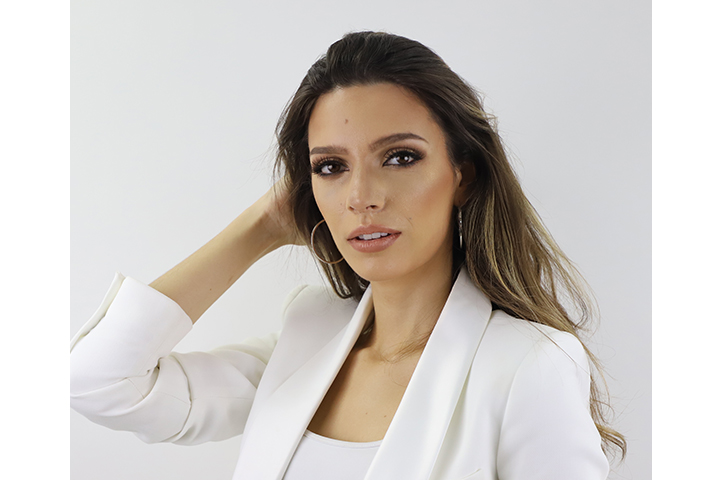
After 5 days Rhinoplasty, Front view
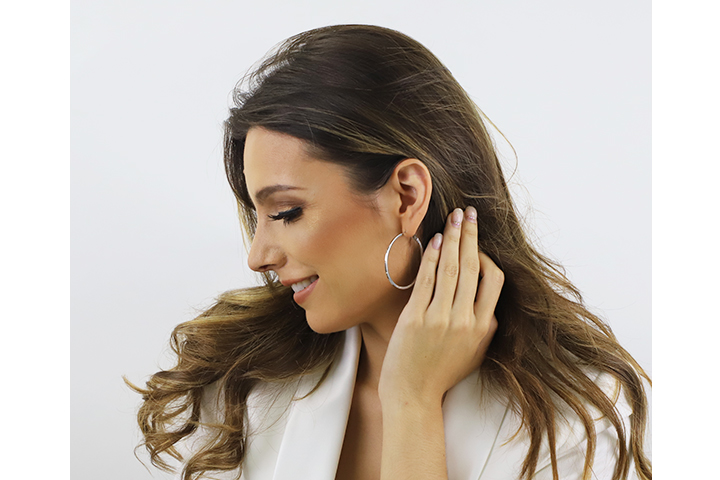
After 5 days Rhinoplasty, Left Side view
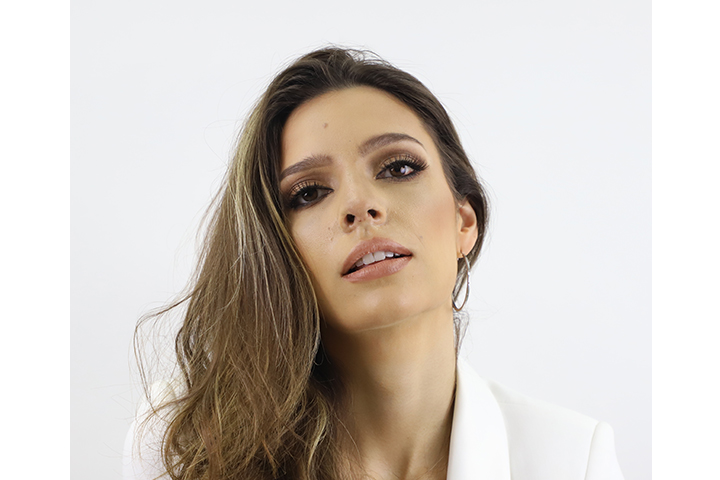
After 5 days Rhinoplasty, Left Side view
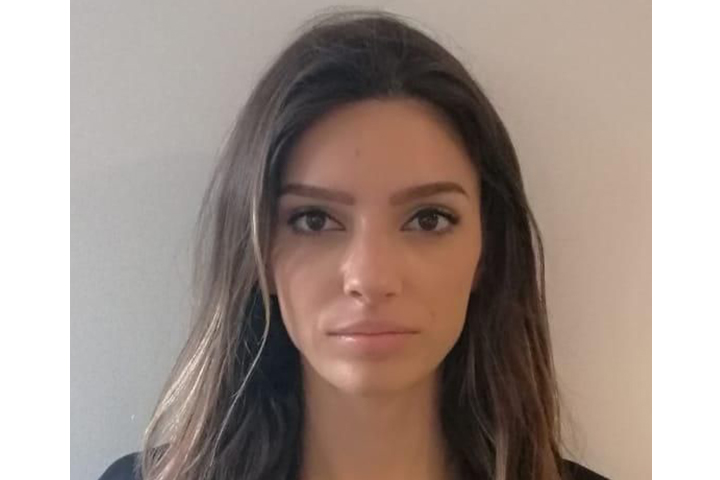
After 15 days Rhinoplasty, Front view
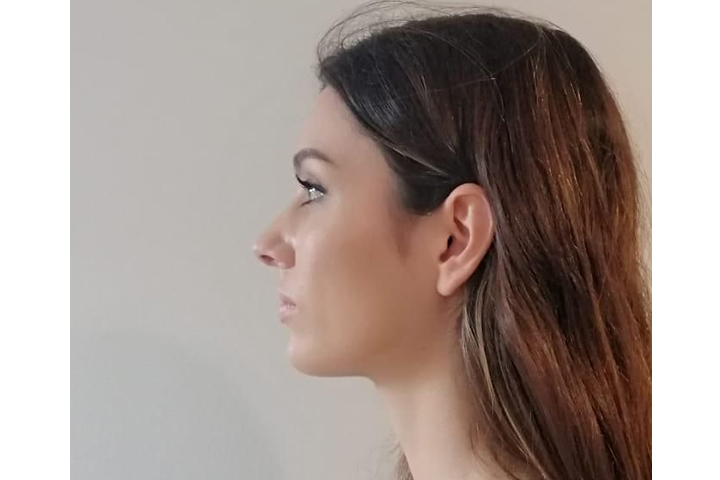
After 15 days Rhinoplasty, Left side view
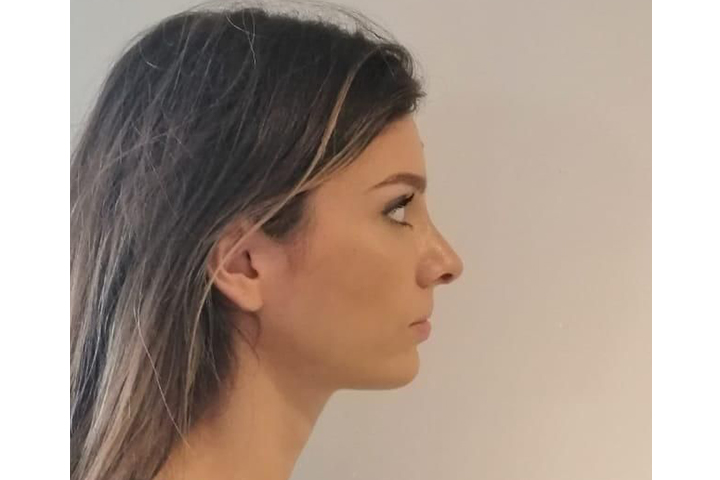
After 15 days Rhinoplasty, Right side view

